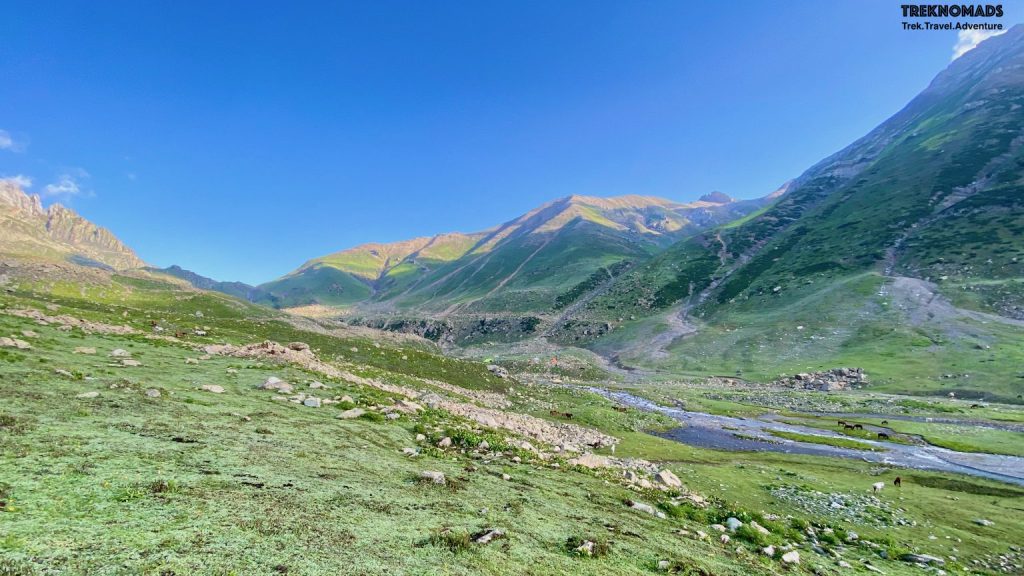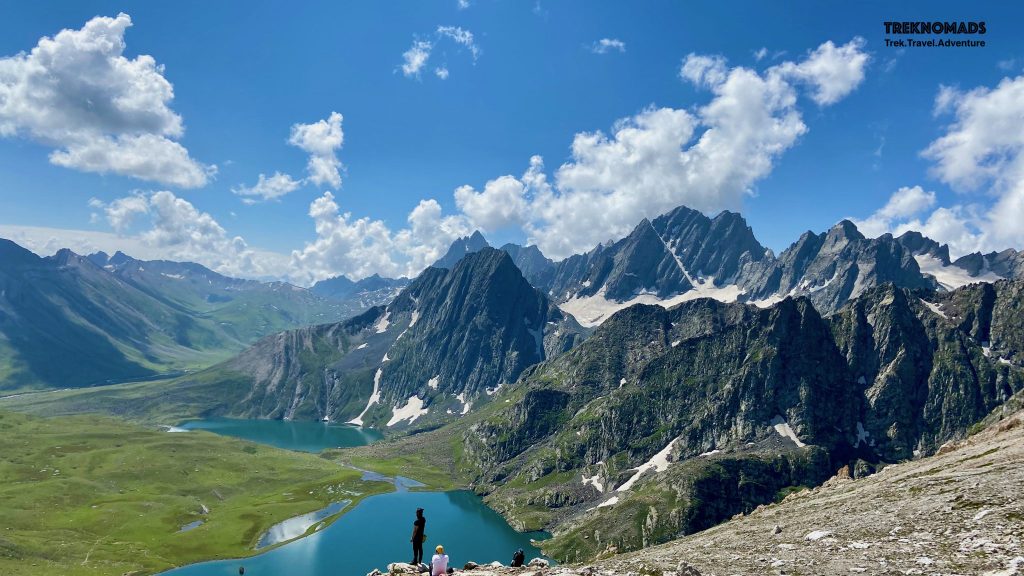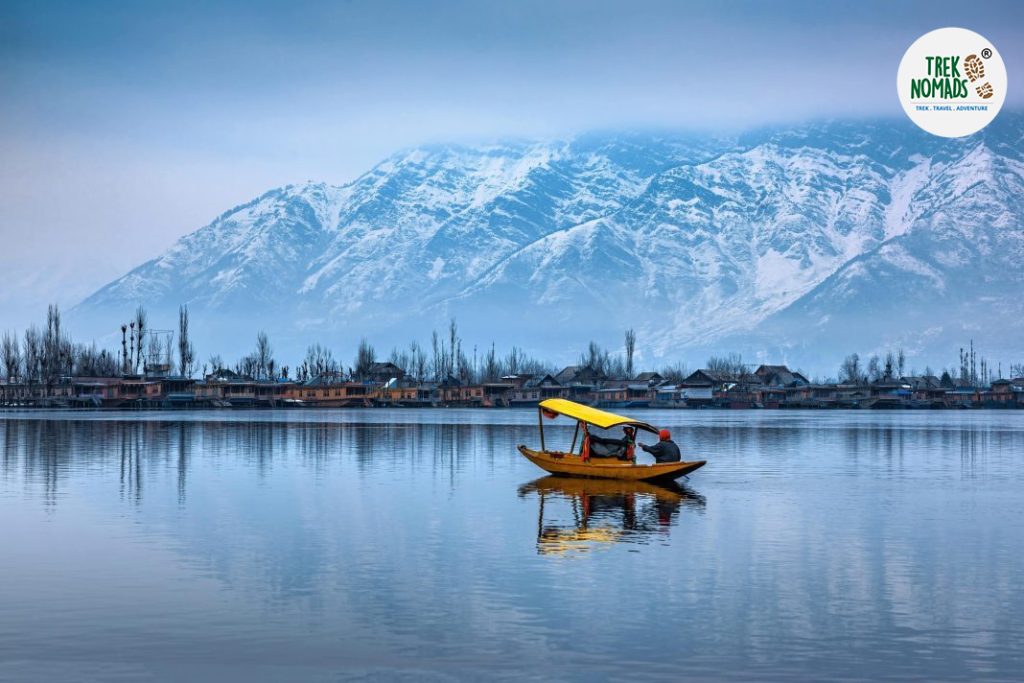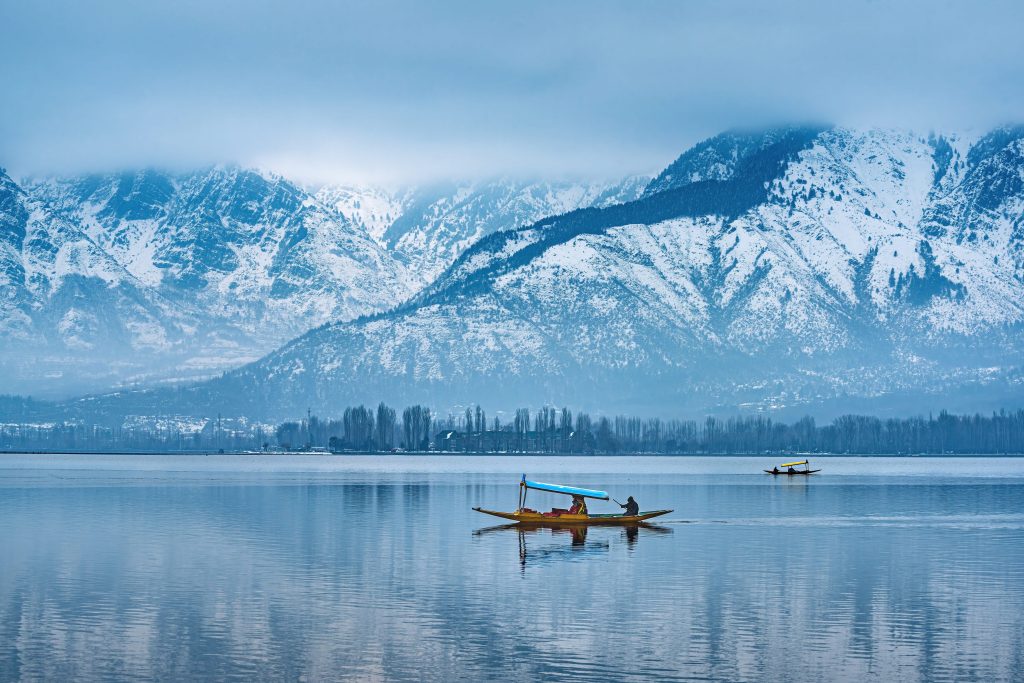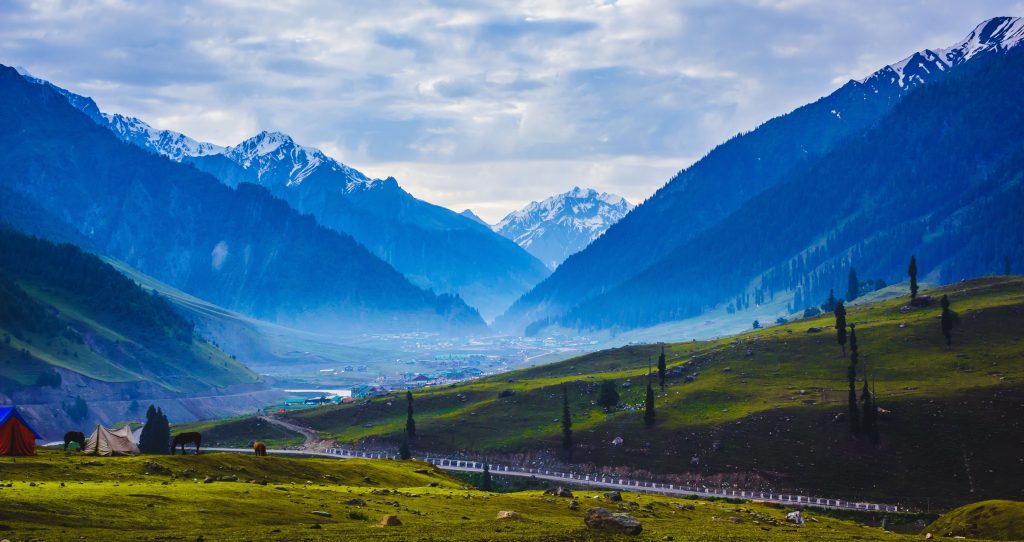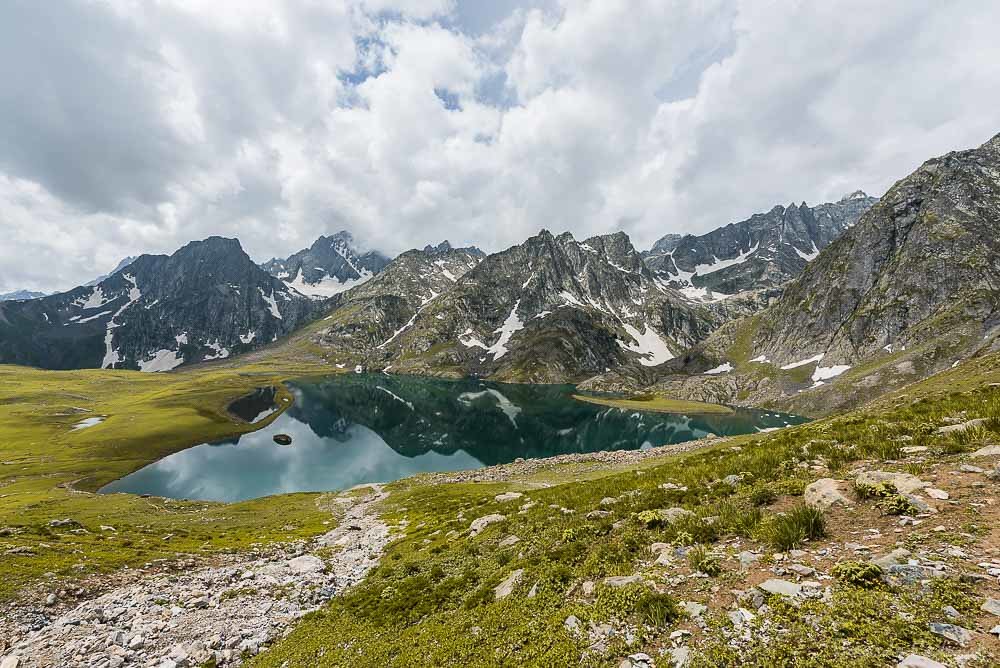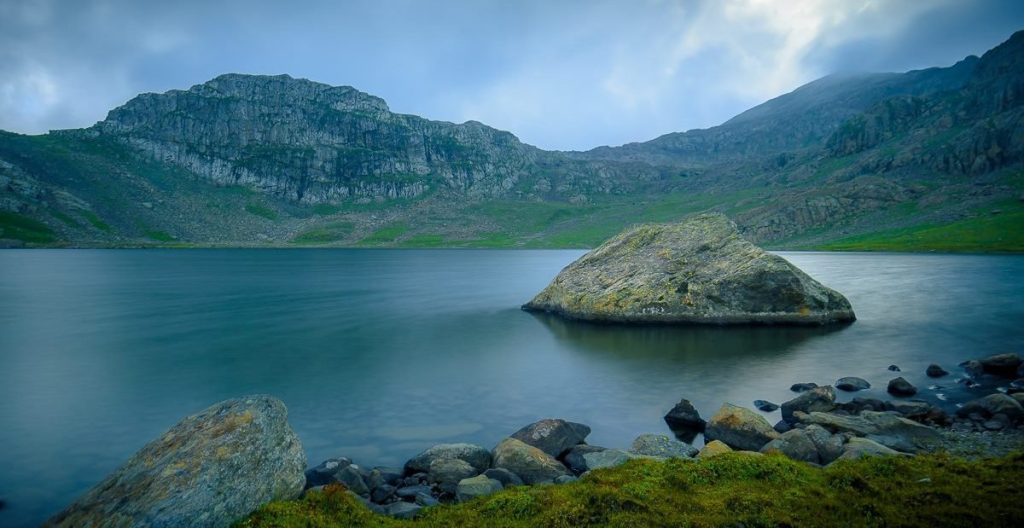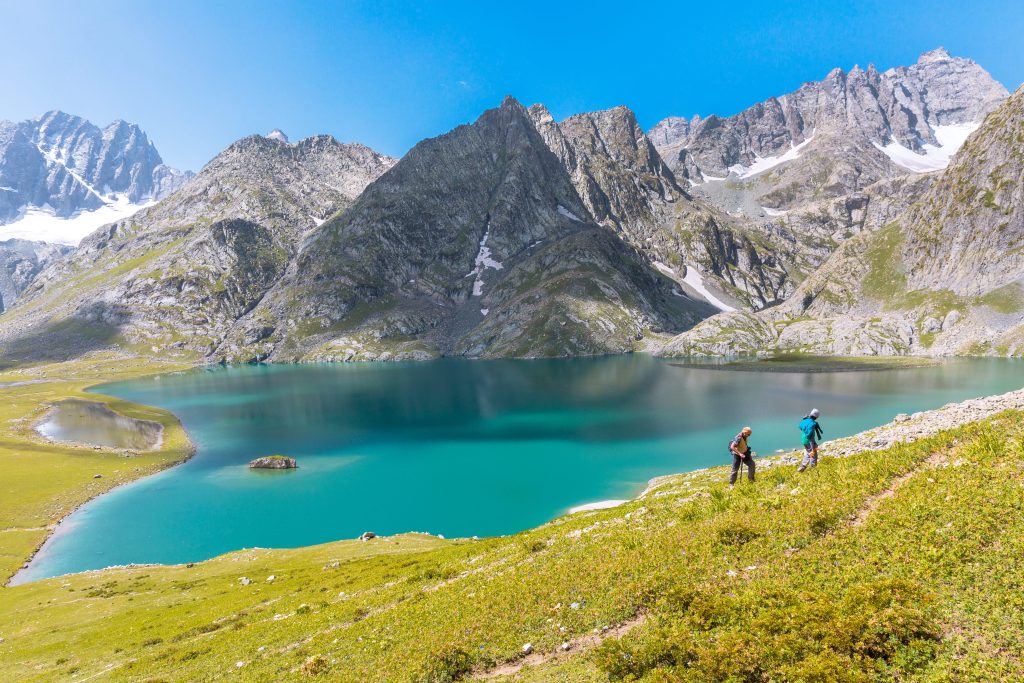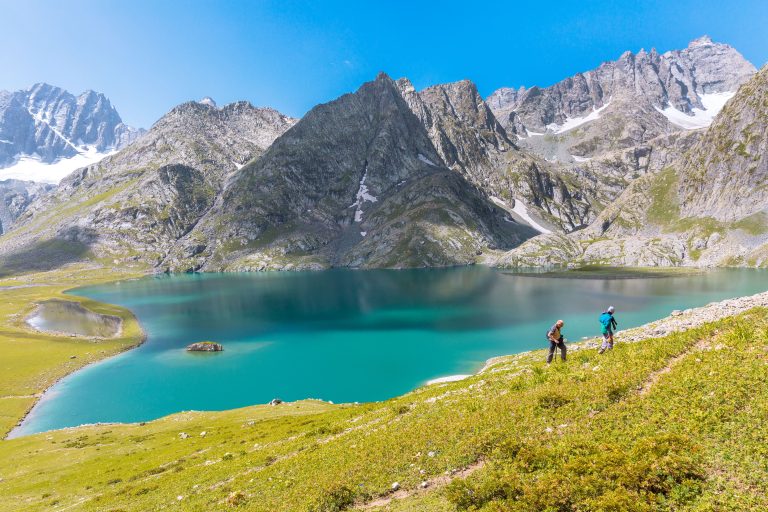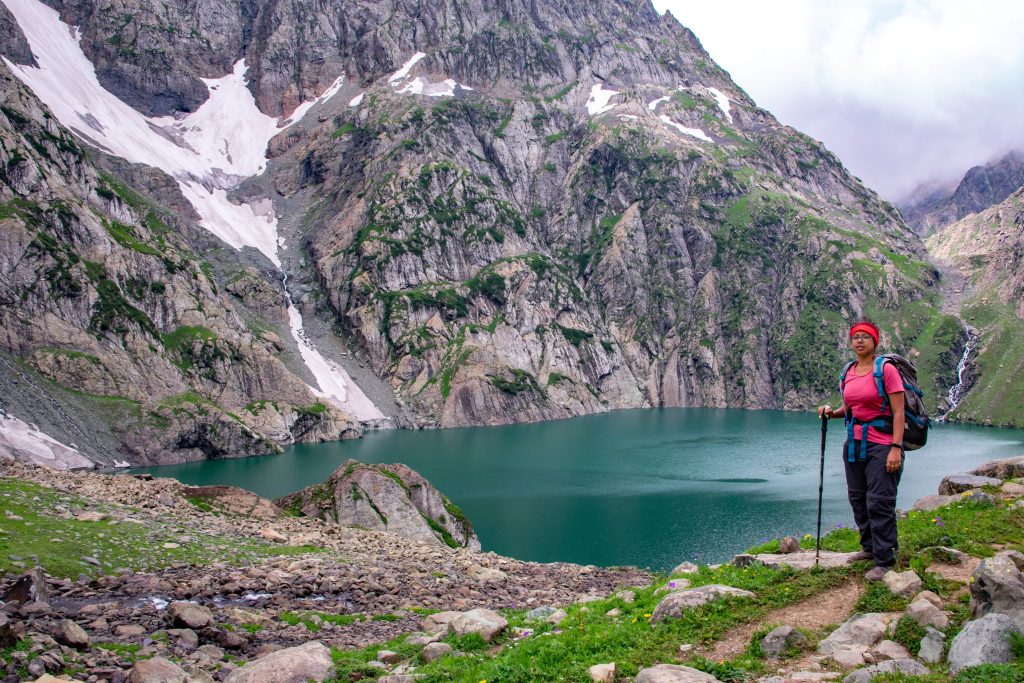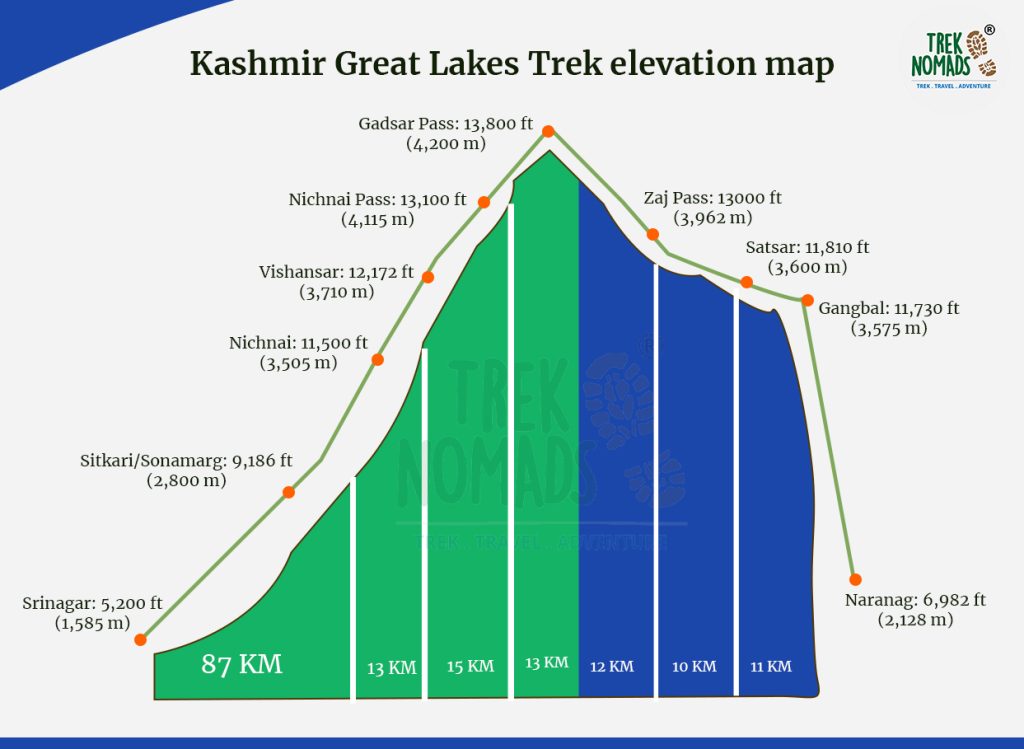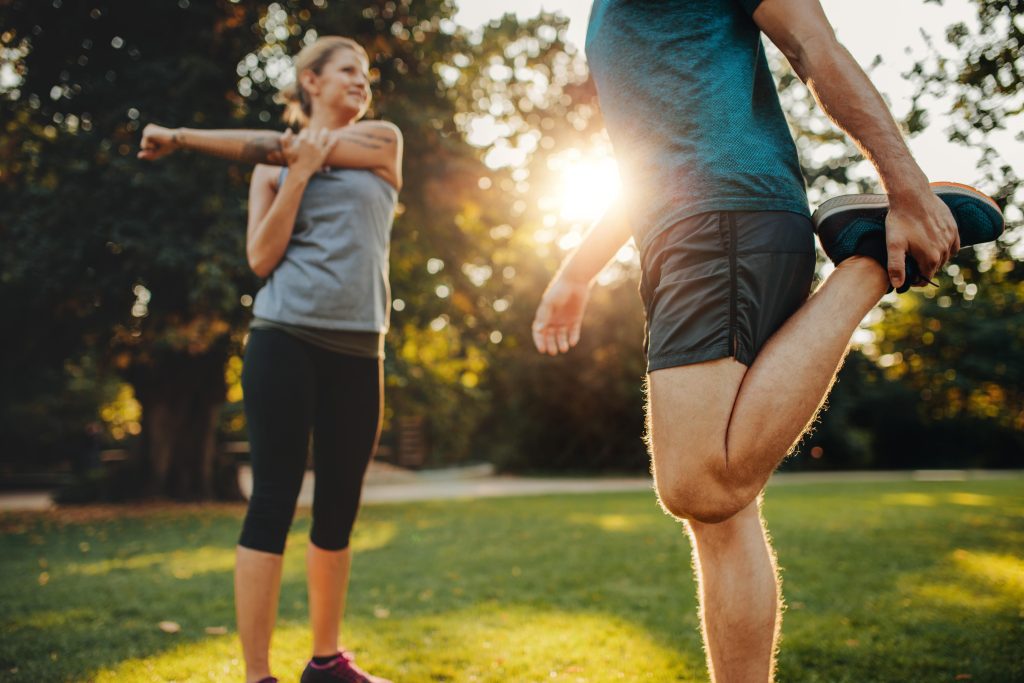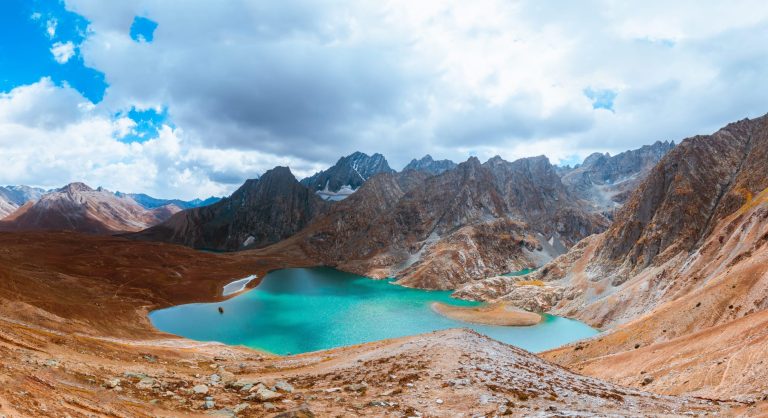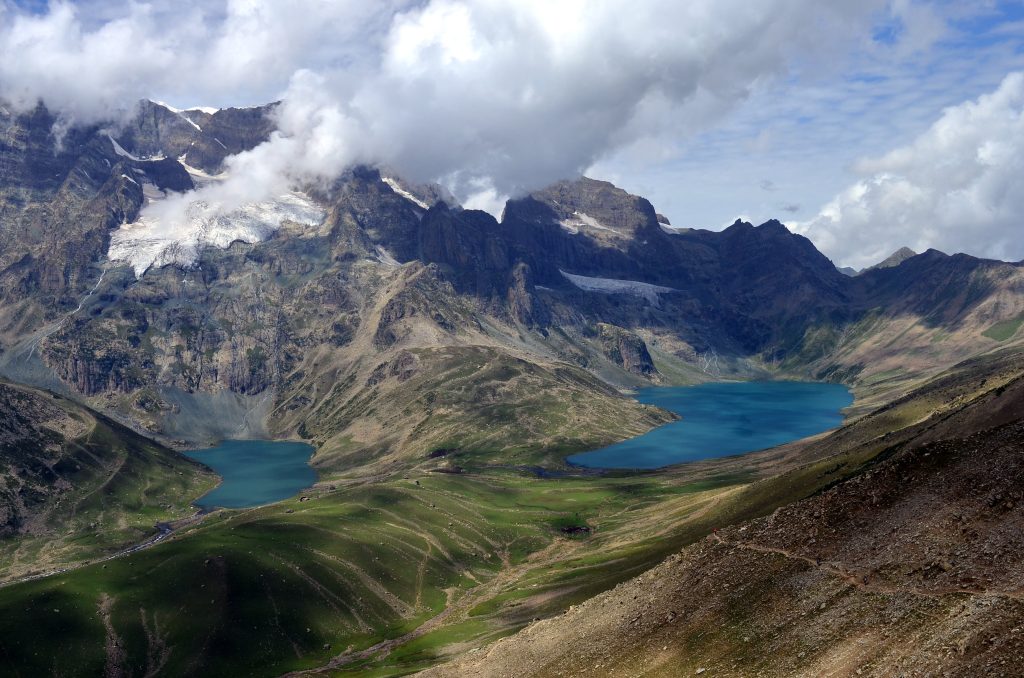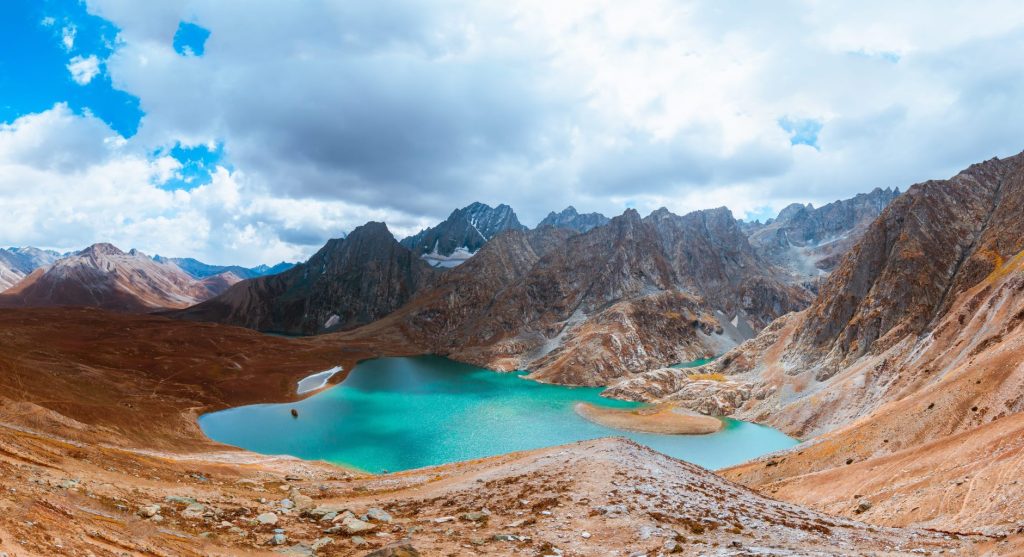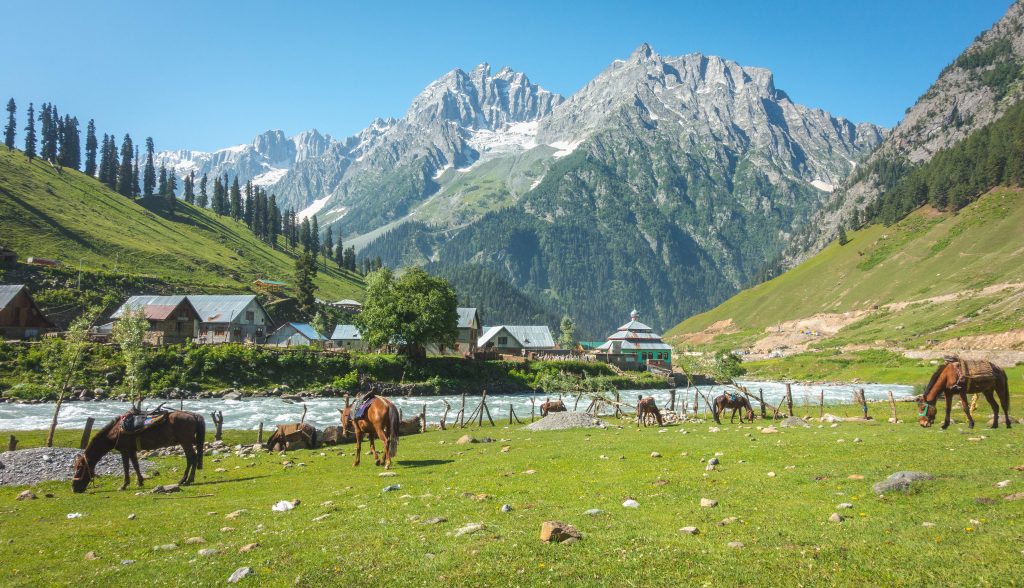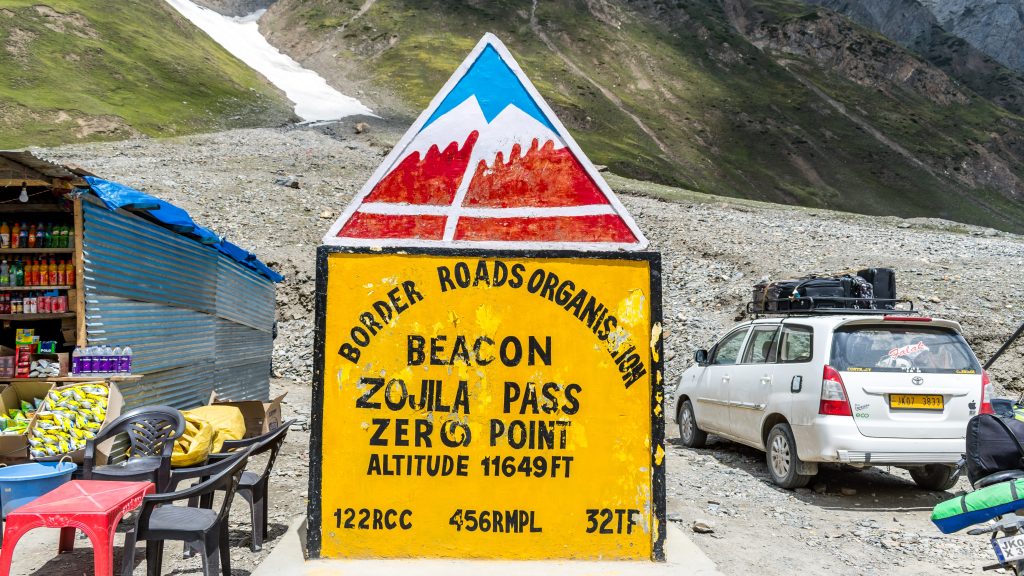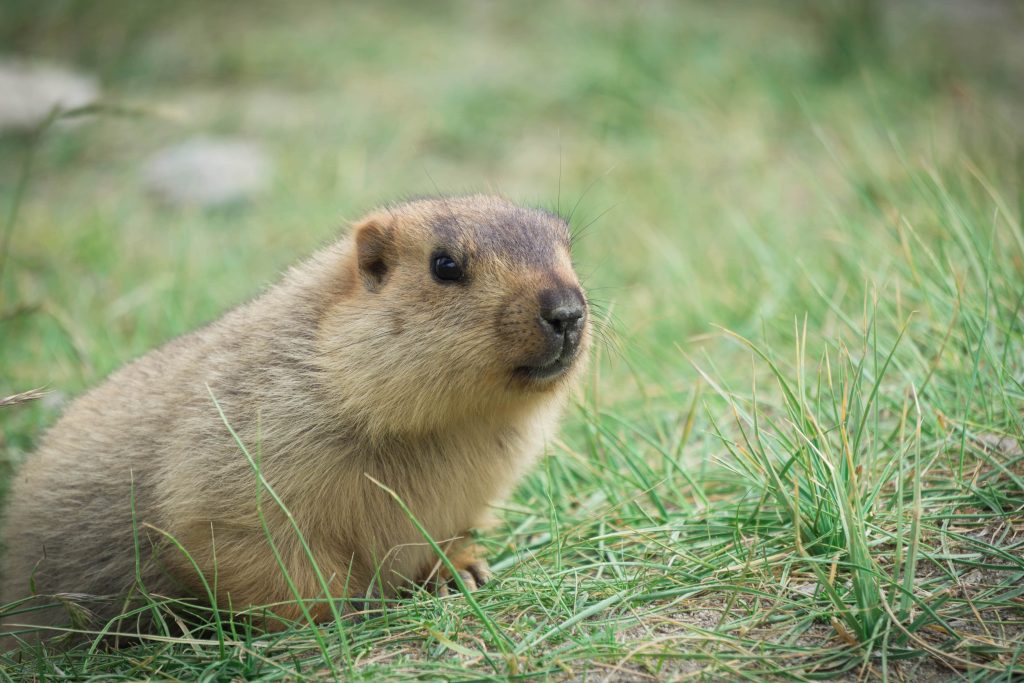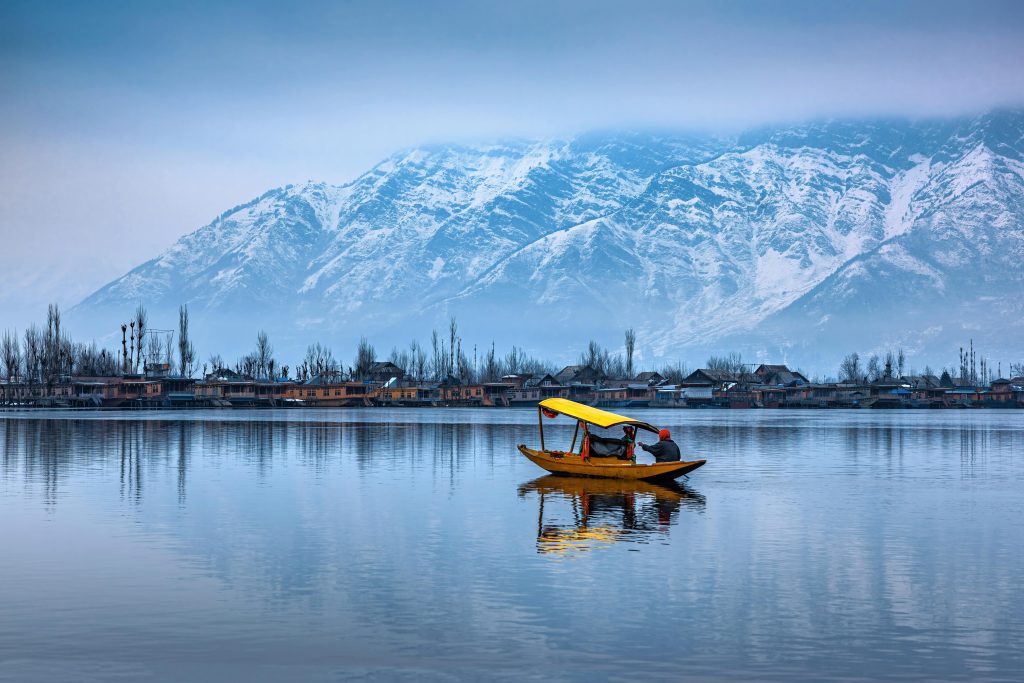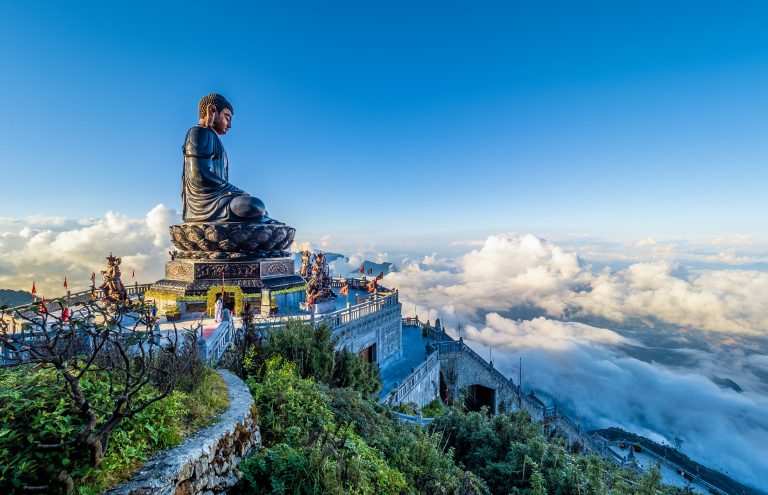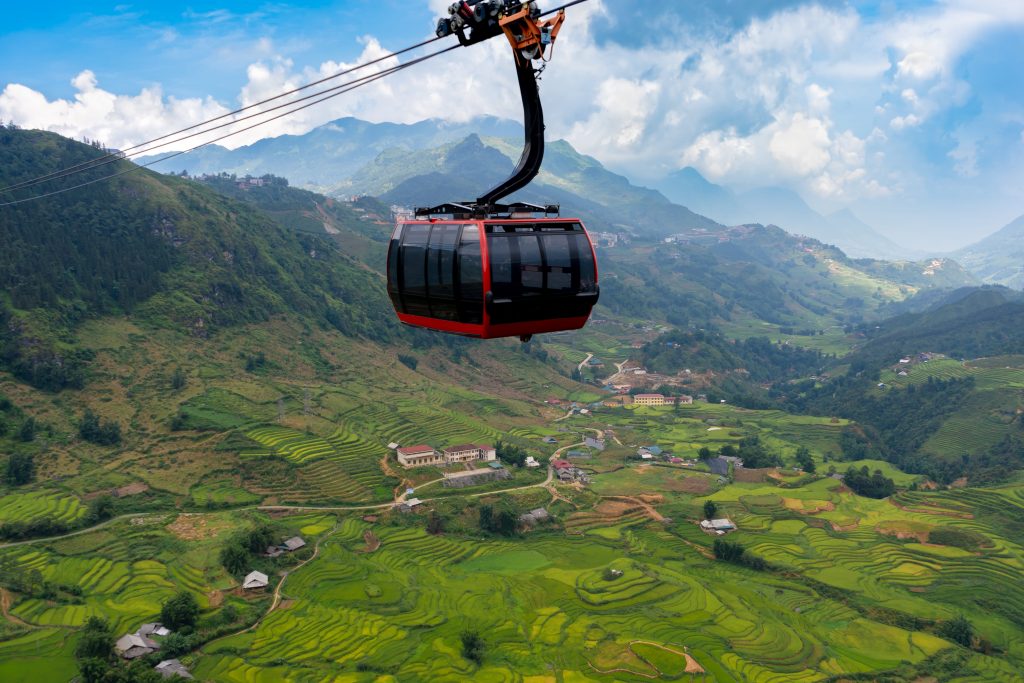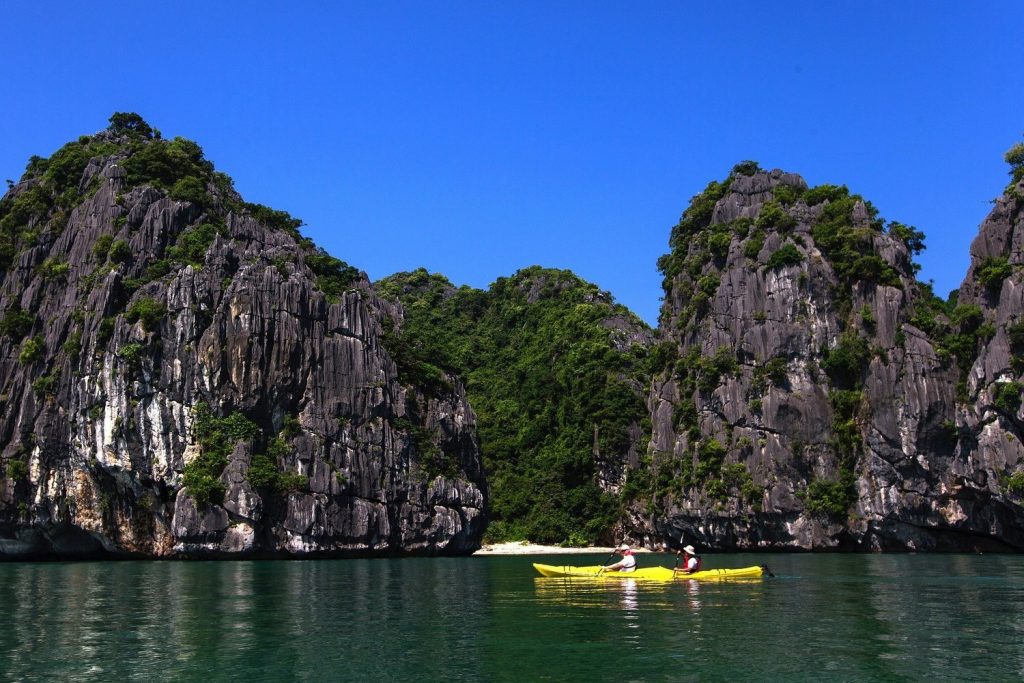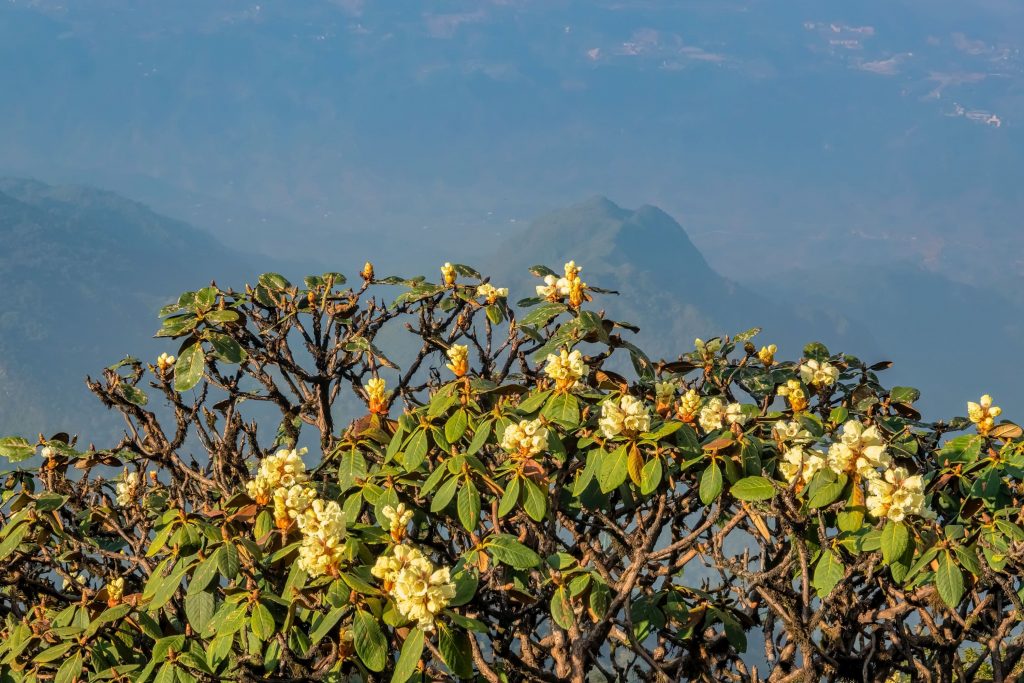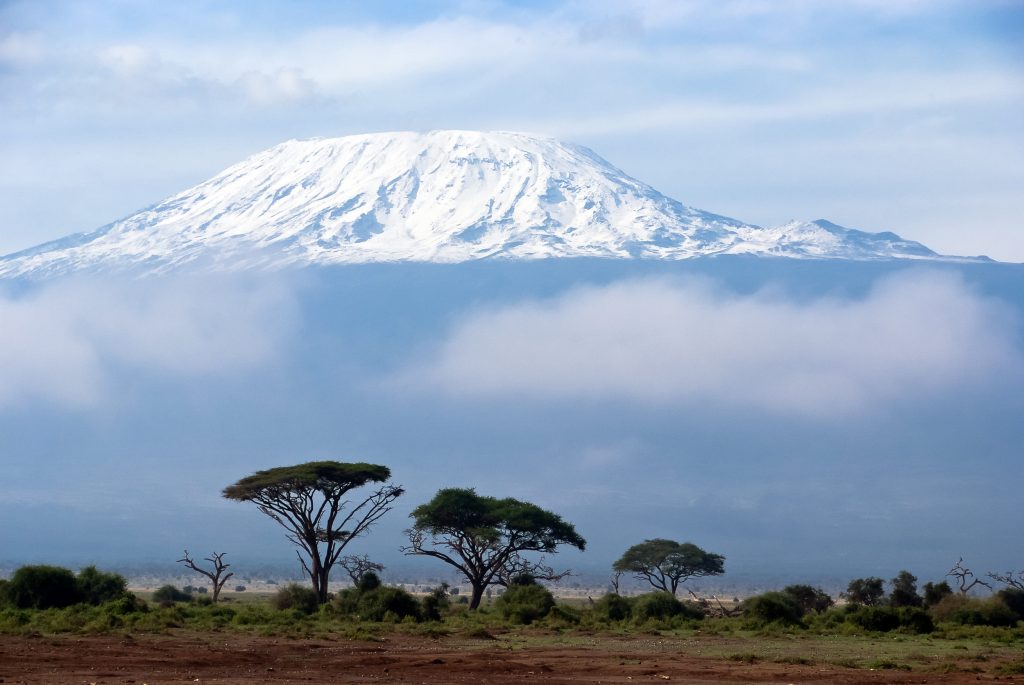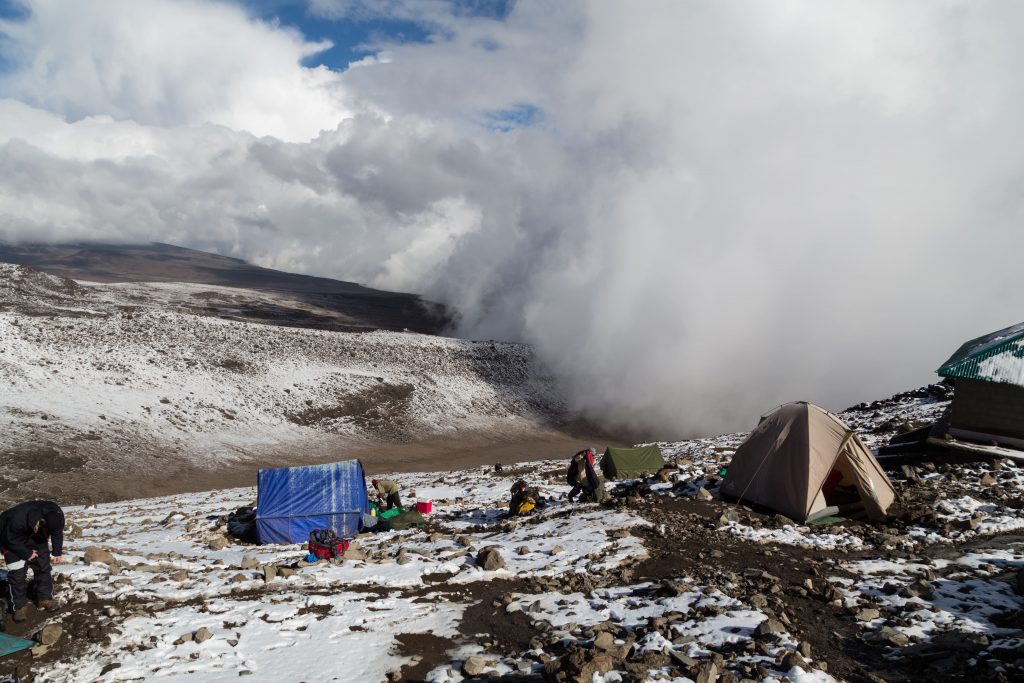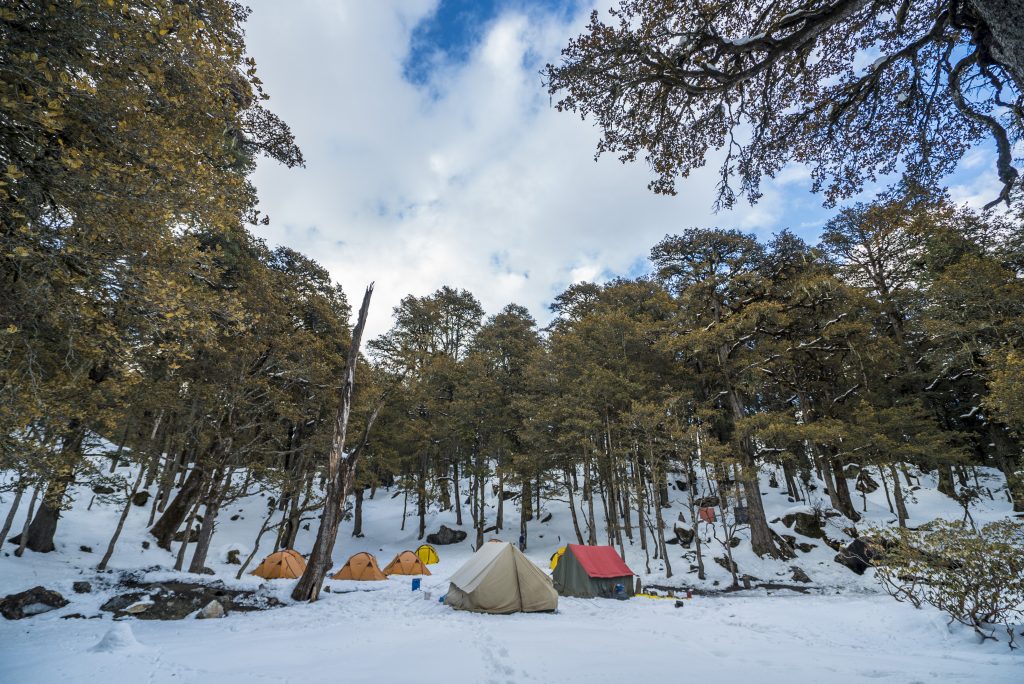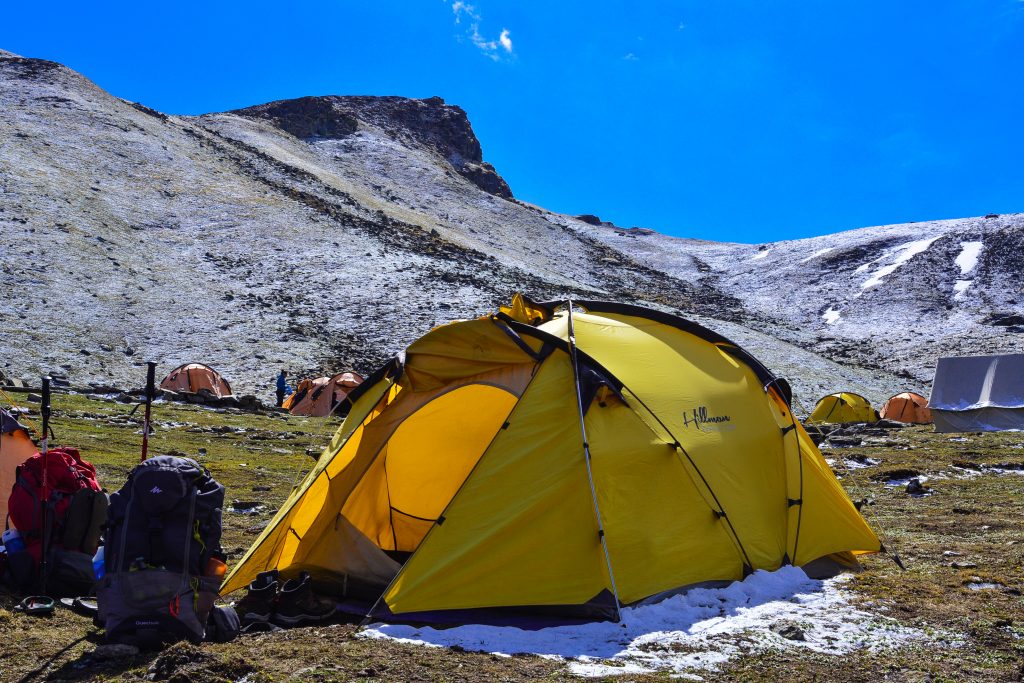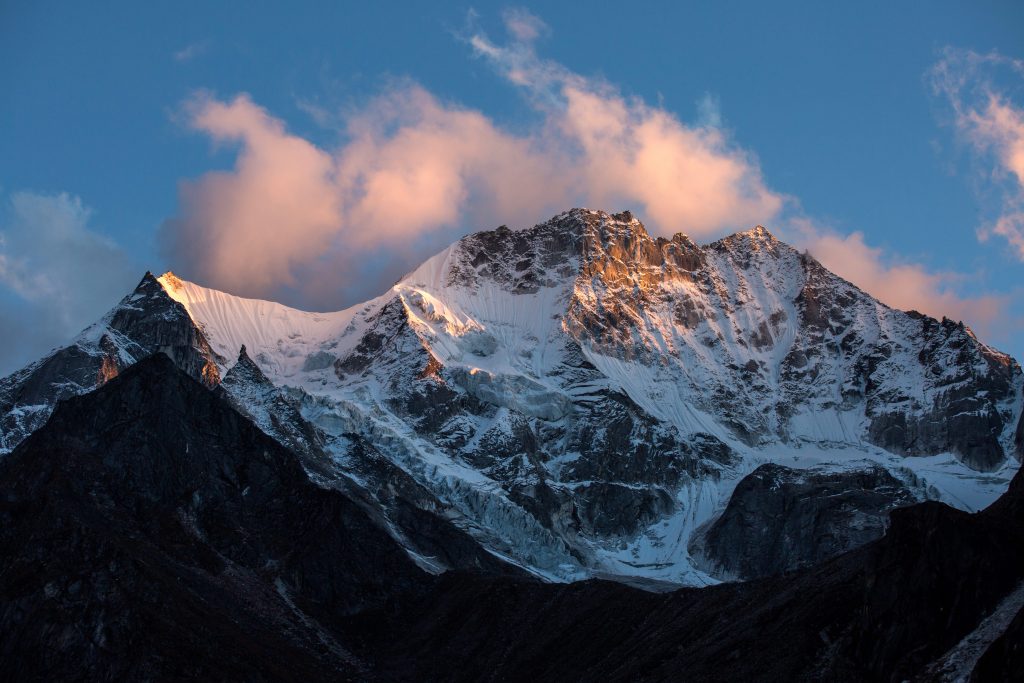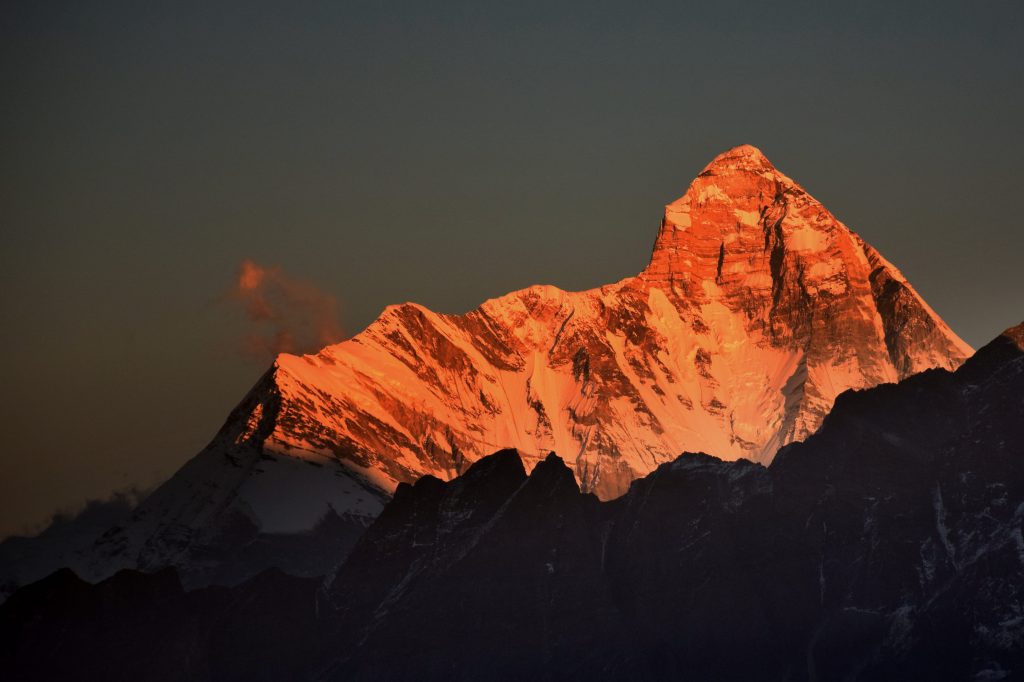The great Kashmir lake trek is, without a doubt, one of the most beautiful treks in India. It allows the trekkers to explore six high-altitude lakes in different beautiful valleys and camp next to them. The hike goes mainly through central Kashmir and some of the most beautiful high altitude alpine lakes such as Vishansar lake and Gadsar lakes. The trek is so great, that we also call it the great Kashmir lake trek. In this blog, we will be talking about everything you can expect on the great Kashmir lake trek.
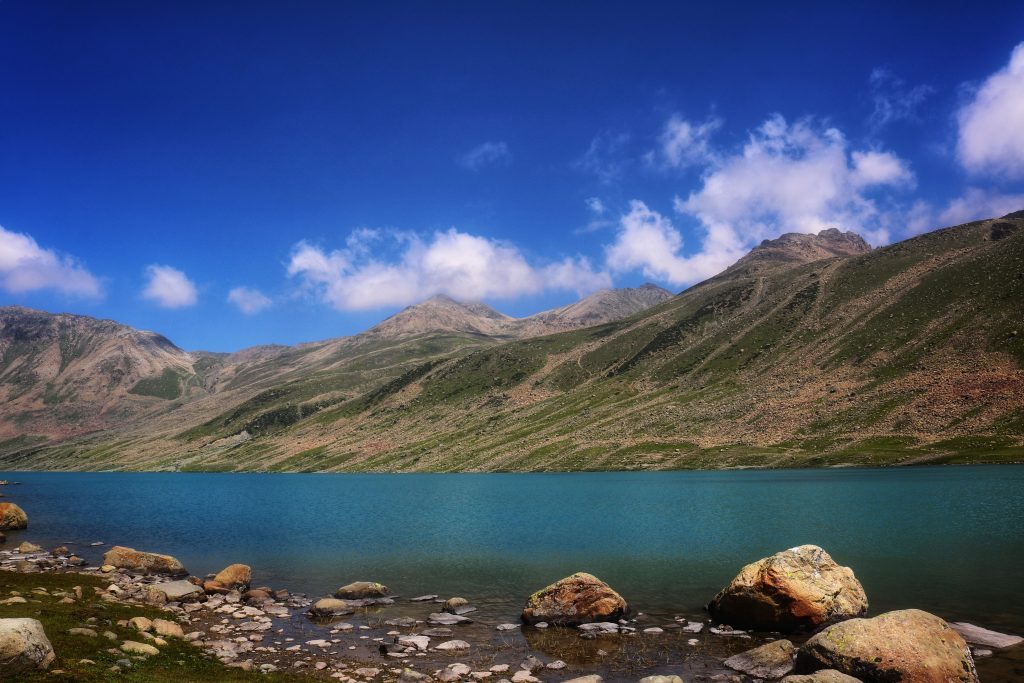
A complete overview of the great Kashmir lake trek altitudes and itinerary
Day 1: Arrive in Srinagar
- Altitude: 1,585 m (5,200 ft)
- Accommodation: Houseboat
- Meals included: Dinner and evening snacks at the Houseboat
Day 2: Drive from Srinagar to Sitkari/Sonamarg
- Travel Distance: 87 km
- Time Taken: 2-3 hr
- Altitude: 2,800 m (9,186 ft)
- Accommodation: Camp stay
- Meals Included: Breakfast at the boathouse & lunch, tea, and dinner at the campsite
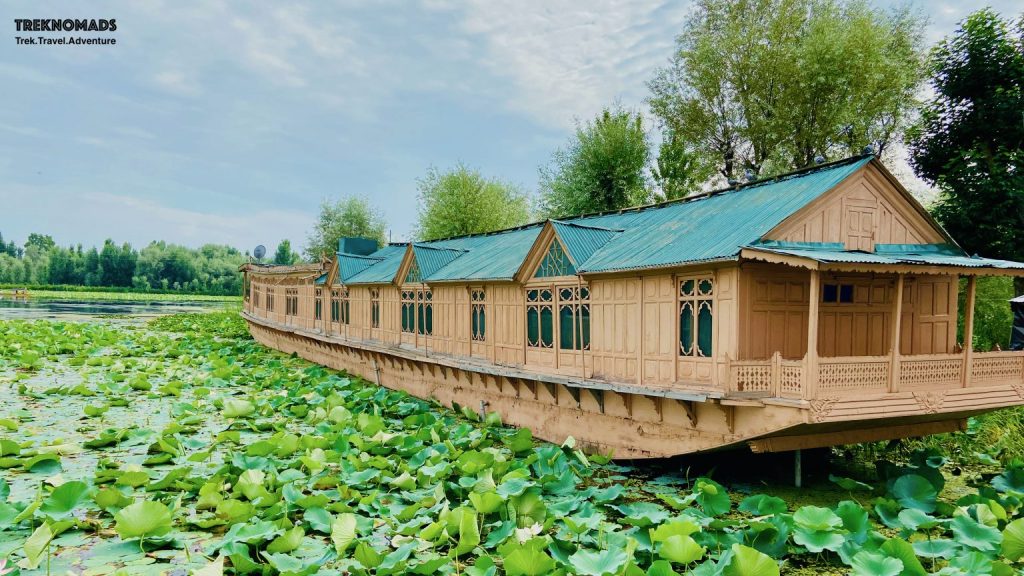
Day 3: Trek from Sitkari village to Nichnai
- Trek Distance: 13 km
- Time Taken: 4-5 hr
- Altitude: 3,505 m (11,500 ft)
- Accommodation: Camp stay
- Meals Included: Breakfast, lunch, tea & snacks, and dinner
Day 4: Trek from Nichnai to the Vishansar lake
- Trek Distance: 15 km
- Time Taken: 6-7 hr
- Altitude: 3,710 m (12,172 ft)
- Accommodation: Camp stay
- Meals Included: Breakfast, Lunch, Tea & Snacks, Dinner
Day 5: Trek from Vishansar lake to Gadsar lake
- Trek Distance: 13 km
- Time Taken: 5-6 hr
- Altitude: 4,200 m (13,800 ft)
- Accommodation: Camp stay
- Meals Included: Breakfast, lunch, tea and snacks, dinner
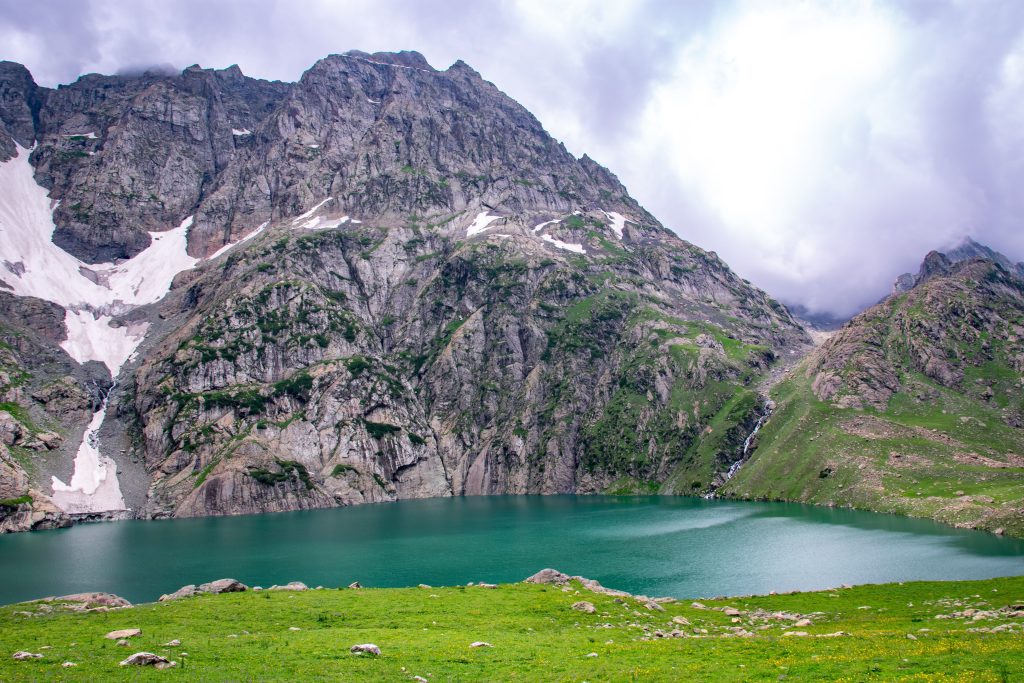
Day 6: Trek from Gadsar lake to Mengandob/Satsar lake
- Trek Distance: 12km
- Time Taken: 5-7 hr
- Altitude: 3,600 m (11,810 ft)
- Accommodation: Camp stay
- Meals Included: Breakfast, lunch, tea & snacks, and dinner
Day 7: Trek from Satsar lakes to Gangbal twin lakes
- Trek Distance: 10km
- Trek Time: 6 hr
- Altitude: 3,575 m (11,730 ft)
- Accommodation: Camp stay
- Meals Included: Breakfast, lunch, tea & snacks, and dinner
Day 8: Rest day/Buffer Day
- Accommodation: Camp stay
- Meals Included: Breakfast, lunch, tea & snacks, and dinner
Day 9: Trek from Gangbal twin lakes to Naranag
- Trek Distance: 11 km
- Trek Time: 6-7 hr
- Altitude: 2,128 m (6,982 ft)
- Accommodation: 3/4 Star hotel in Srinagar
- Meals Included: Breakfast, lunch, tea, snacks, and dinner
Day 10: Departure from Srinagar
- Trek Distance: 11 km
- Trek Time: 6-7 hr
- Altitude: 3,575 m (11,730 ft)
- Meals Included: Breakfast at hotel
What is the level of fitness expected for the KGL trek?
Due to the many steep ups and downs, the great Kashmir lake trek is a thrilling challenge. Because of the higher altitude, great Kashmir lake trek is more adventurous and significant. This hike crosses three high mountain passes, and each one will be difficult. Most treks have one or two mountain passes, but great Kashmir lake trek includes three passes. The Gadsar Pass, which is 4,200m (13,800 ft), is the highest of the three. Nichnai Pass is 3,505 m (11,500 ft) above sea level. You will go through the Gadsar and Nichnai passes on the great Kashmir lake trek. On the first day of our trip, we will visit Zoji La pass and Zero Point for sightseeing.

As these passes are located at high altitudes, there is a risk of AMS due to low oxygen levels. Thus, we suggest you start training for the KGL trek at least 3 to 4 months in advance. We have a comprehensive training guide for the KGL trek. You can access it here.
It is hard to get to Nichnai and Gadsar as the trails are pretty challenging. It will test the person’s mental health and stamina to the fullest. Make sure you are in good shape before you go on this trek. You need to be able to keep your balance on the tough terrain during the trek. Thus, you need to work on your upper body, lower body, and core. Those who are physically fit won’t have much trouble getting through these tough terrains.
What kind of accommodations and other facilities to expect on the KGL trek?
On day 1, you will be staying in a deluxe houseboat on Dal Lake. You will be sharing your room with two or three other trekkers. During the trek, you will be staying in tents in camps. And on the last day of the trek, you will be staying in a three or four-star hotel in Srinagar.
You will be provided with all essential things required for the great Kashmir lake trek. Tents, Sleeping bags, mattresses, ropes, and other needed gear will be given to you by us.
As far as the accommodation and food is concerned, your stay in the houseboat on the Dal lake and dinner for the night is included in the KGL trek package. Treknomads will be providing food, dining, bio-toilets, as well as tents for two or three trekkers to share with during the trek. After the trek, the stay in a hotel in Srinagar is also included in the KGL trek package.

What kind of temperature to expect on the great Kashmir lakes trek?
The Kashmir Great Lakes trek is open to trekkers from July to September. Kashmir is completely covered in snow during the other months because of the area’s harsh weather, making traveling nearly impossible.
During the monsoon season, which is July, August and September, are relatively dry months in Kashmir making it a perfect place to trek. The mountain range of Pir Panjal, which separates Kashmir from the rest of the Indian Subcontinent, blocks the monsoon, which is the main cause of this phenomenon. In reality, July through September are the best parts of summer and the start of the fall season. This is one of the reasons why these months in Kashmir are so lovely. However, the temperature during the Kashmir Great lakes trek will be quite low due to the high altitude. The average temperature is between 25°C and 5°C.

How will the basic amenities be arranged on the KGL trek?
- Food and water arrangements- TrekNomads will provide you with Breakfast and Dinner at Srinagar. We will also give Breakfast, Lunch, Evening Snacks, and Dinner on all camping days. Everything will be standard healthy vegetarian options. We will provide boiled water directly from the streams. The trekkers can carry water purifier tablets if they do not wish to drink the water from the streams. If you wish, you can also carry healthy snacks with you. Planning what to eat and what not to eat in the wilderness is very important. There is more to think about than grabbing random snacks and a water bottle. When packing for great Kashmir lake trek, it’s best to bring non-perishable items that are both light and healthy, like trail mix, energy bars, and dried fruits and nuts. Foods like nuts, seeds, nut butter, snacks made with nuts, dried or frozen fruits and vegetables, granola bars, energy gels, and other similar products are the best for this.
- Toilets and shower arrangements- There will be bio-toilets set up on the campsites. However, proper washroom facilities with western toilets, flush and standard bathrooms will be available during our deluxe houseboat stay, and hotel stays in Srinagar. No shower arrangements will be provided during the camping days. However, you can wash and change directly from the glacial streams.
- Mules and porter services- If you don’t want to carry your backpack so you can hire a porter, but you have to keep us informed about this in advance and you will have to pay extra per day per bag. We will also have porters to help in moving tents, tools, gears, etc.
- ATMs and mobile connectivity- On the KGL trek trail, there will be no ATMs except for Srinagar and Sonmarg. We suggest you withdraw all the cash you need from Srinagar itself. We advise you to carry not more than Rs 10,000 as cash. Please check with your guide before the start of the trek.
- Medical Supplies – Our trek leader will be carrying the first aid kit so you can access a first aid kit with basic supplies. However, we suggest you consult a physician and carry your medicines. As for mobile connectivity, Srinagar is the final destination for full internet connectivity. In Kashmir, only postpaid networks are available. However, no signal will be available after Sonmarg once we start the trek from Sitkari. You may get an intermittent connection on the passes – if you are lucky. However throughout the hike, there is no mobile connectivity.

Sightseeing and other must-visit spots
The famous color-changing lakes
The Great Lakes Trek’s main draw is the lakes of Kashmir, so how could we talk about the route without mentioning them? The great Kashmir lakes are the main reason to do the walk. You can enjoy beautiful bodies of water like Vishansar, Satsar, Krishansar, Gadsar, and the Gangabal Twin Lakes. The beauty of these lakes is that their colors change as the day goes on. At different times of the day, the lakes have an emerald color and, at other times, a turquoise color.
Sometimes, they can be very clear and then suddenly turn a deep, dark blue. You may not believe what you see and will find yourself in a magical world. It’s just stunning. The scenery around these lakes will leave you in complete awe. The locals call the path “Jannat e Kashmir,” which is a good name, and we agree with them. Even though the trail will be hard, it will be worth it. You can’t see these stunning views anywhere else. Immerse yourself in the beautiful scenery of these lakes, which have a velvety soft landscape, a calm atmosphere, beautiful meadows, and mountains with light blue clouds on top.
Flora and Fauna
You can see many different kinds of beautiful plants and animals along the path. On your way to the Shokdari campground, you will be able to see a line of Maple and Pine trees across the trail. Some of the other flowers you might see are hyacinths, jasmine, lilies, marigolds, and Kashmir Irises. They are very common in the area. You can find birch trees, Rhododendron bushes, and a wide range of medicinal plants at higher elevations. Finding gold and rose finches, pipits, and wagtails among the plants is easy. There are a few good places to look for Himalayan marmots along the trail.

Beautiful drive from Srinagar to Sonmarg/Sitkari
The great Kashmir lake trek starts in Sitkari, an interesting hill village near Sonmarg that is also the starting point for the trek. The Kashmir Great Lakes trip plan says that you will fly to Srinagar. Then, you will be driving to Sitkari via Sonmarg. And then from Sitkari to Zozila and back to Sitkari to start the trek. On the way to Sitkari, you’ll see many different things, like forests, streams, winding roads, and snow-capped mountains.
Visit Zoji La Pass, zero point, and houseboat stay in Srinagar.
On the day you arrive in Srinagar, On day 1, you will enjoy an overnight stay in a houseboat on the Dal lake. On day 2, you will be taken on the shikara ride. Then you will be driven to Zero point which is 23.9 km from Sonmarg and you will be spending some time on the famous Zoji La pass, which is at a very high altitude 3,528 m (11,000 ft).
Gangbal to the forest line
Another exciting part of this hike is going down from Gangbal. This hike is so beautiful that it will leave you speechless. As you move away from the area around Nundkol Lake, you will catch a glimpse of Harmukh Peak, which is covered by a huge glacier. You’ll soon realize that the landscape of Kashmir is different from any other.

To wrap things up
Great Kashmir lake trek is a true paradise, with beautiful views everywhere you look. It’s more than just a cool place to go with your friends; you’ll want to take pictures to remember the trip. The beauty of nature there can do a lot for your mind and spirit. This is a once in lifetime opportunity, you will be able to make new friends and get on a beautiful journey together. Traveling in Kashmir is amazing, but trekking is even better. So, plan in advance and join us on this unraveled journey
Read more:
How can we go trekking in Kashmir, and is it safe?
Top 6 reasons to take the Kashmir great lakes trek
Kashmir Great Lakes Trek FAQs -All You Need to Know!




